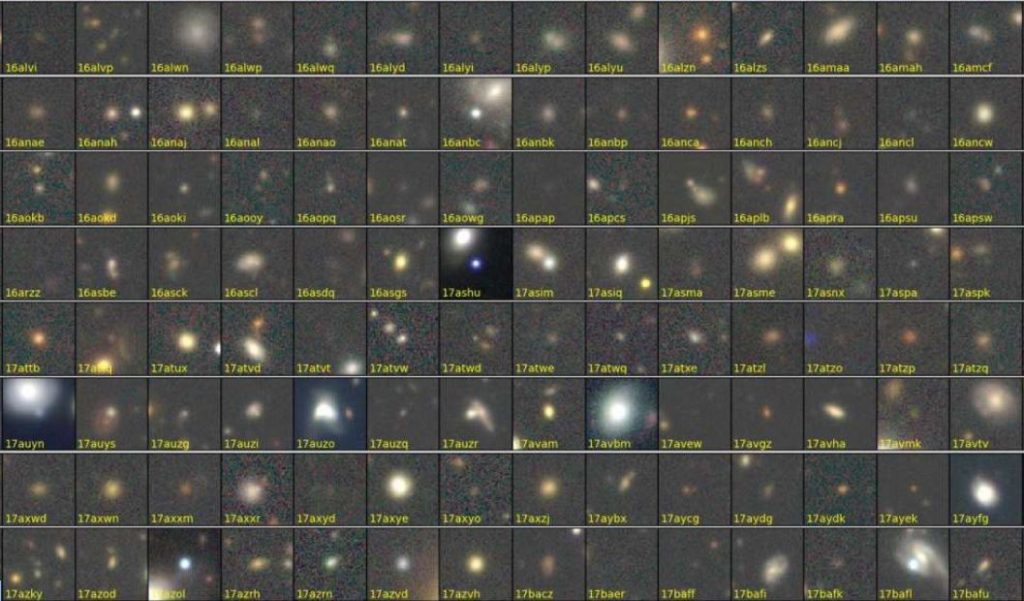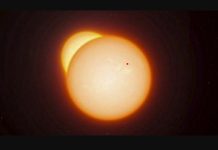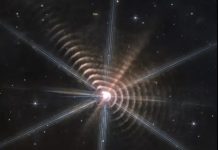A huge amount of supernovae has been observed by a team of Japanese researchers using the Subaru Telescope in Hawaii.
In just six months of observations, they discovered 1,824 new supernovae, including 400 Type Ia supernovae.

These are very important stellar explosions used by astronomers to calibrate the distance of faraway galaxies. A total of 58 of these Type Ia events were located more than 8 billion light-years away from Earth. For comparison, it took the Hubble Space Telescope 10 years to discover 50 Type Ia Supernovae beyond that distance.
“The Subaru Telescope and Hyper Suprime-Cam have already helped researchers create a 3D map of dark matter, and [observe] primordial black holes, but now this result proves that this instrument has a very high capability finding supernovae very, very far away from Earth,” lead author Professor Naoki Yasuda, from the Kavli Institute for the Physics and Mathematics of the Universe.
The feat was achieved using the Hyper Suprime-Cam, which can capture a wide area of the night sky in a single shot thanks to an incredible 870-megapixel field of view.
Type Ia supernovae and superluminous supernovae
Type Ia supernovae happen when a white dwarf steals so much material from a companion star that it can no longer withstand the weight. It collapses on itself and breaks apart in a dramatic explosion. These supernovae are very useful cosmic milestones because the maximum brightness they reach is always the same. Therefore, by measuring how dim they look in our telescopes, researchers can work out how far away they are.
The team was also able to identify five superluminous supernovae. These events are between five and 10 times brighter than Type Ia supernovae. Their unusual brightness allows astronomers to spot them in the farthest regions of the universe, which are usually too faint to observe with current instruments. Studying these events might provide insights into the first stars that ever existed, which we are yet to observe.
It is very rare that supernovae are caught right in the act of exploding. Usually, researchers take several pictures of the same patches of sky and then look for changes. Sudden bright spots appearing and then fading out are strong signs of supernovae.












